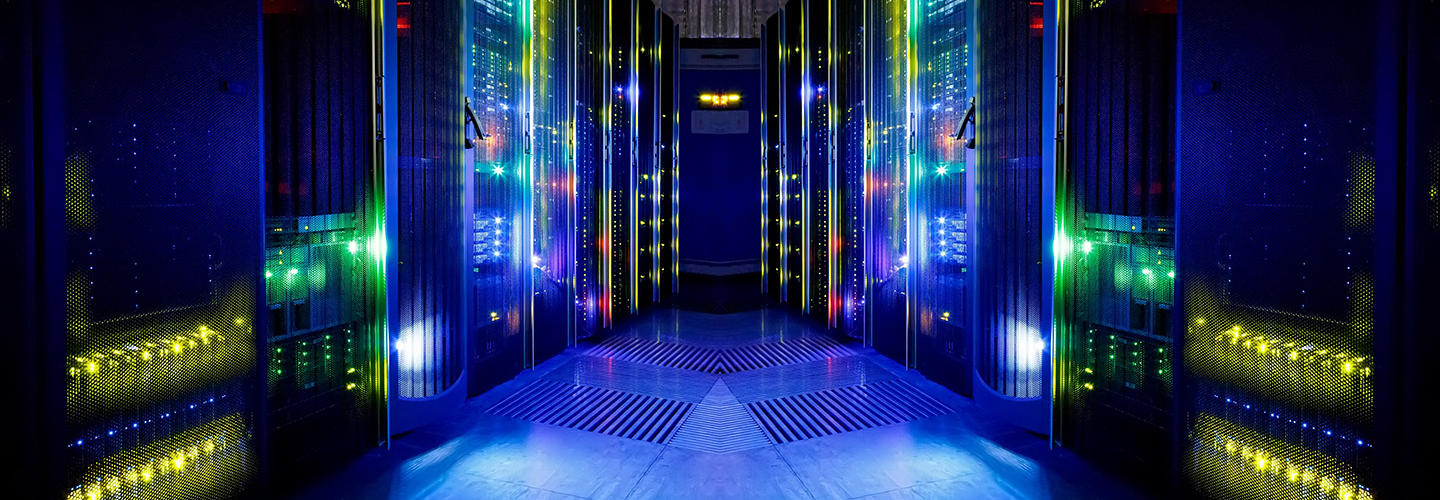EMAIL SUPPORT
dclessons@dclessons.comLOCATION
USUnderstanding Key Datacenter Technologies and Solutions

Understanding key Datacenter technologies and Solutions:
As we have seen the growth in technologies, we are moving towards innovation and enhancement around all technologies in a very fast manner, and the same applies to Datacenter technologies.
From Traditional Datacenter technologies, there has been a paradigm shift where we moved from first-generation technologies to fourth-generation technologies, that is, from monolithic servers to a virtualized environment.
When we work with various technologies, it is always required to learn how these technologies work, what the available solutions are that we can use to integrate it with our customer environment.
Here we will be discussing some key datacenter technologies and what are its solutions:
Cloud Computing
- It is a type of Internet-based computing that provides shared computer processing resources and data to computers and other devices on demand.
- It is a model for enabling ubiquitous, on-demand access to a shared pool of configurable computing resources (e.g., computer networks, servers, storage, applications, and services) provisioned minimal management effort.
- This relies on the sharing of resources to achieve coherence and economy of scale, similar to a utility (like the electricity grid over an electricity network).
There are four delivery models in Cloud Computing:
- Private Cloud
- Public Cloud
- Hybrid Cloud
- Community Cloud
Some examples that are very much used in today’s environment are: AWS, Azure, Google Cloud, etc.
Three unique categories within Cloud Computing:
- Software as a Service (SaaS)
- Platform as a Service (PaaS)
- Infrastructure as a Service (IaaS)
Software as a Service (SaaS)
- Capability to run applications on a cloud infrastructure.
- Applications are accessible from several client devices via either a thin client interface, like a web browser, e.g., web-based email
- Interplay between the outside world and the organization. e.g., email newsletter campaign software
- Software for a short-term requirement. e.g., collaboration software for a particular project
- “Vanilla” offerings where the solution is not differentiated.
- Consumer does not control or manage the underlying cloud infrastructure, which includes servers, network, operating systems, and storage.
- SaaS is not suitable in scenarios where the application
- processes quick, real-time data.
- has a regulation or legislation that does not allow data to be hosted externally.
- existing on-premise solution that satisfies all of the requirements of the organization.
Platform as a Service (PaaS)
- Computing platform that permits creating web applications effortlessly, quickly, with no complexity of buying or maintaining the infrastructure and software.
- Services to develop and test applications, as well as deploy, host, and maintain applications in a similar integrated development environment.
- Ability to deploy on cloud infrastructure with the help of programming languages, services, libraries, and tools.
- Built-in scalability of deployed software with failover and load balancing.
- Integration with databases and web services through common standards.
Infrastructure as a Service (IaaS)
The capability to provide networks, processing, storage, and other fundamental computing resources, and the ability to deploy, run arbitrary software that can include operating systems and applications. Here, the consumer is incapable of controlling or managing the underlying cloud infrastructure.
- Resources are distributed as a service and enable dynamic scaling
- Utility pricing model
- Multiple users on one hardware: Applicability
- New organizations with less capital could invest in hardware easily
- Organizations growing rapidly
- Pressure on the organization to restrict capital expenditure and to migrate to operating expenditure
Next Generation Security:
As we have moved from standard firewall Security appliances that is by using both physical and virtual, in this generation, we are now offering security products with greater amounts of security. The best security products must have ability to offer granular control over content which comes and leave the datacenter environment, now a days there are two types of models working, providing cloud based security, Proxy or providing strong Hardware appliance which has the capability of protecting internal applications and prevent the leakage of information through powerful Data Loss Prevention engines.
There are various Vendors that are providing various security products like L4-L7 capable Firewalls, IDS, IPS, Proxy (appliance-based, cloud-based), and Antivirus systems protecting against malware. The following models are mostly used:
- Virtual and Physical Firewalls
- Cloud Security
- IPS/DLP
- Application Firewalls
Virtualization: These are days of Virtualization, We have moved from high tower ends servers called monolithic servers to Blade servers which can be virtualized to have multiple Virtual machines or virtual servers to host different application, while doing, this not only preserve the datacenter resources like Power, Space, cabling, CopEx and Opex but also provide good control over the server farms.
From servers, we have now moved to virtualize our networking and security products, and most of the OEMs providing VNF to integrate the virtual appliance in a DC installed of a Physical appliance:
Some of the very fine virtualized technologies which are being used are:
- Application (ThinApp, XenApp, App-V)
- Server (VMware, Hyper-V, XenServer)
- Desktop (XenDesktop, View)
- Network (SDN, VMware, NetScaler, Cisco)
- Storage (NetApp, IBM, Compellent, etc.)
Introduction to SDN
The main idea behind SDN is to separate the control and data planes and to make networks agile and flexible.
SDN is a trend that is gaining importance with established vendors such as Brocade, Cisco, HP, and VMware. We can briefly see in the later sections about the different vendors.
Let's see the timelines of SDN.
- 1990 - 2000 -- Programmable functions in the network are introduced by Active networks to enable greater innovation.
- 2001 - 2007 -- Separation of control and data plane, which developed open interfaces between the control and data planes.
- 2007 - 2010 -- The OpenFlow API and network operating systems developed ways to make control-data plane separation scalable and practical.
Network virtualization played an important role throughout the evolution of SDN
Mobile & Micro Device: As are move from micro to nano technologies, there has been a shift from accessing the data or application from servers or desktops to mobile devices or from tablets, iPods, etc.
Various accessing devices like more phones, tablets, and PCs are now being used as different methods to conduct meetings, access data, and do business. End users are getting benefits by using their own devices in accessing data, doing office work instead of using company company-provided machine, which sometimes very difficult in case of mobile users. Using their own devices proves to be more productive. To support this, various companies have used one Model like BYOD (Bring your own devices), which this model anyone can use their own devices to work and can be able to connect to the corporate network.




LEAVE A COMMENT
Please login here to comment.